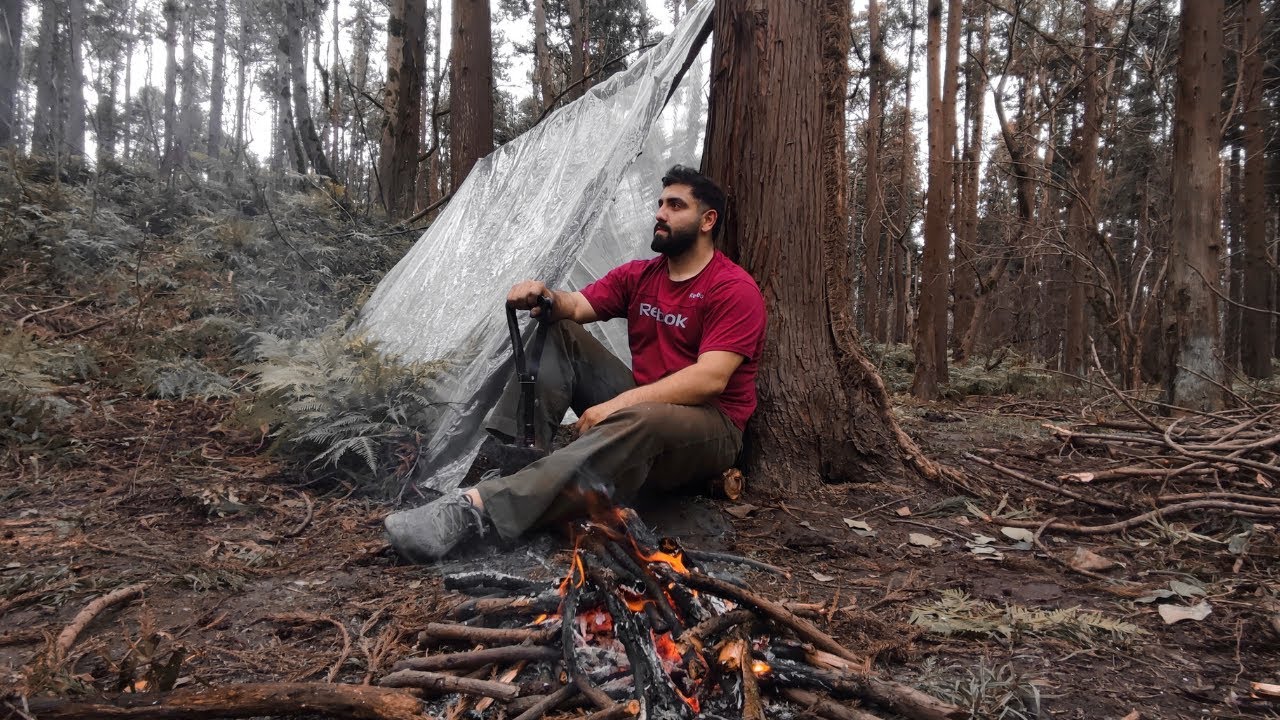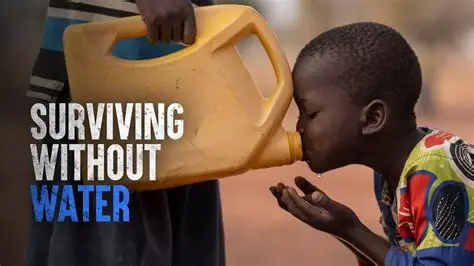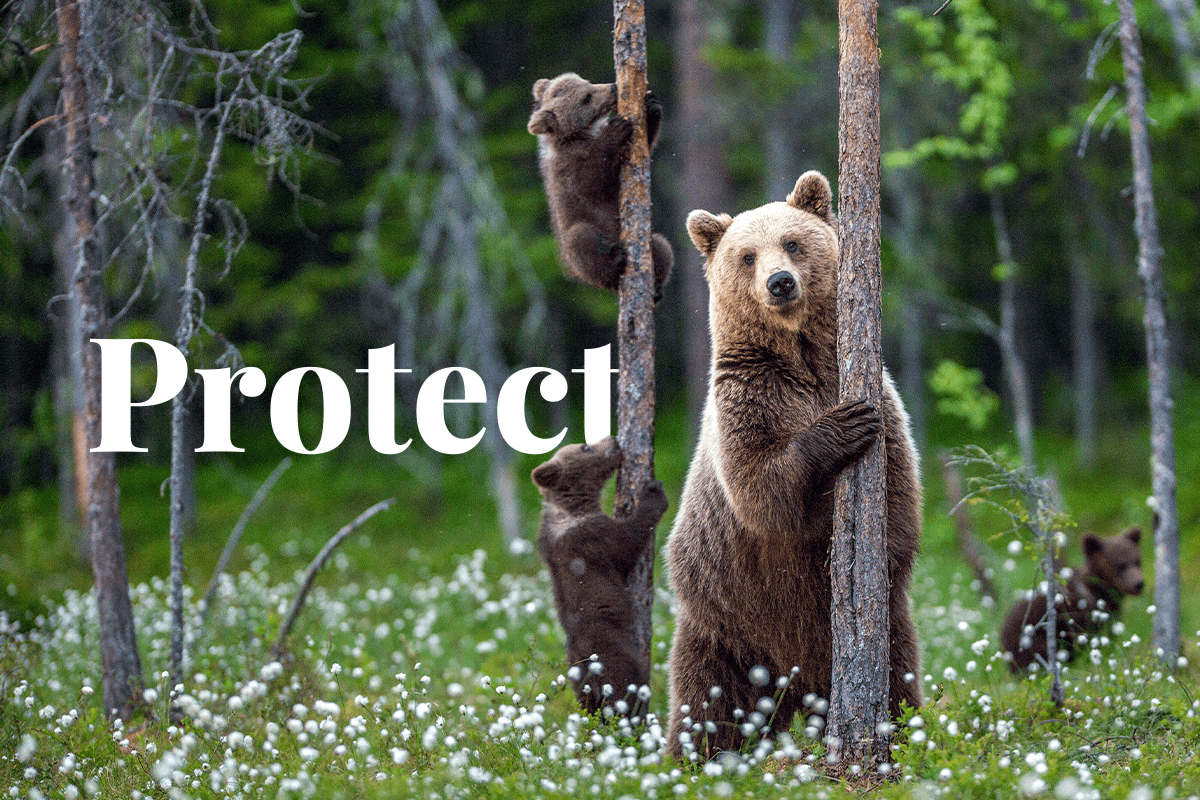Getting lost in the forest without supplies is a terrifying possibility—but it’s one that can be managed if you know what to do. The key is not just knowledge, but mindset. Staying calm, methodical, and focused could very well save your life. This guide follows the Rule of Threes: you can survive roughly three minutes without air, three hours without shelter in harsh conditions, three days without water, and three weeks without food. That simple breakdown should shape your priorities.
Step 1: Stay Calm and Assess Your Situation (First Few Minutes)
The initial moments are often the most dangerous, not because of external threats, but because of panic. Resist the urge to run.
- STOP (Stop, Think, Observe, Plan):
- Stop: Just sit. Breathe.
- Think: When and where were you last certain of your location? Do you have any tools—a phone, whistle, anything that might help?
- Observe: What’s around you? Any water, trails, distant sounds? What’s the weather like?
- Plan: Your first goals are shelter and water. Don’t start walking without a reason.
- Signal If You Might Be Near Help:
- Yell, use a whistle (3 short blasts = distress), or bang objects together to make noise.
Step 2: Build Emergency Shelter (First Few Hours)
Weather exposure is far more lethal than hunger. Even mild cold can lead to hypothermia once night falls.
- Find a Good Spot:
- Avoid unstable trees or animal dens.
- Look for natural coverage: overhangs, dense evergreens.
- Higher ground helps avoid flooding.
- Construct a Shelter:
- Lean-To:
- Prop a long stick against a stable point.
- Lean smaller branches against it to form a wall.
- Pile debris (leaves, pine needles) thickly for insulation.
- Lay insulating materials on the ground inside.
- Debris Hut:
- Create an A-frame with a central ridgepole.
- Weave branches and add 2-3 feet of debris over the frame.
- Make the entrance small; block it at night.
- Lean-To:
Step 3: Find and Purify Water (Day One Priority)
Dehydration dulls your mind and saps energy. Getting water is more urgent than food.
- Locate Water:
- Look for greener areas or follow animal paths.
- Listen for running water.
- Collect rain, dew, or plant moisture.
- Purify It:
- Boil: Best option. Bring water to a rolling boil for at least 1 minute (3 at high altitudes).
- Solar Still: Dig a hole, place a cup in the center, cover with plastic, and weight the center.
- Transpiration Bag: Tie a clear plastic bag around a leafy branch in sunlight.
Step 4: Find Food (Less Urgent, Important After a Few Days)
You can last weeks without food, but mental sharpness and morale drop fast.
- Be Cautious with Foraging:
- Only eat what you’re 100% sure is safe.
- Avoid milky sap, bitter smells, unknown berries or mushrooms.
- Safer Food Options (If Known):
- Acorns (processed), Cattails, Dandelions, Clover.
- Cambium (inner bark) from pine or birch.
- Insects: Avoid bright ones. Focus on ants, grubs, grasshoppers. Cook them first.
- Fishing and Trapping (Advanced):
- Improvise tools from string, thorns, or fashion snares. But this takes time and skill.
Step 5: Signal for Rescue (Ongoing Priority)
Unless you’re absolutely sure a route leads to safety, it’s usually smarter to stay put and signal.
- Ground Signals:
- Build a large SOS or X from rocks or logs.
- Fires and Smoke:
- Build three fires in a line or triangle.
- Add green leaves or moss to produce smoke during the day.
- Reflective Signals:
- Use mirrors, phone screens, or shiny metal to flash sunlight.
- Sound Signals:
- Whistle or shout in patterns of three.
Step 6: Maintain Morale and Take Care of Yourself
Your mindset is your most powerful survival tool.
- Stay positive. One task at a time.
- Conserve energy. Don’t waste effort.
- Stay dry. Wet clothes pull heat from your body.
- Treat injuries early. Infection is a serious risk.
And above all, remember: preparation beats improvisation. Always let someone know where you’re going, and pack basics even for a short hike. But if you do find yourself in the worst-case scenario, slow down, use what you know, and focus on the basics.
Frequently Asked Questions (FAQ)
Q1: What’s the first thing to do if I get lost in the forest?
STOP. Don’t wander. Calm yourself, assess your surroundings, and make a plan. The STOP method gives your mind room to think clearly.
Q2: Why focus on shelter before food?
Because exposure can kill you in hours, especially at night. You can survive weeks without food, but only a few hours in freezing or hot conditions without proper protection.
Q3: How can I safely drink forest water without gear?
Boiling is your best bet. If you can’t boil, try a solar still or collect morning dew. But beware: untreated water can make you sick, fast.
Q4: Can I eat wild berries or mushrooms?
Only if you’re absolutely sure they’re safe. Many wild varieties are poisonous. It’s safer to skip than to guess.
Q5: How do I signal for help without equipment?
Use the number three—three fires, three whistles, three flashes. Make ground symbols like SOS. Visibility and repetition increase your odds of being spotted.






